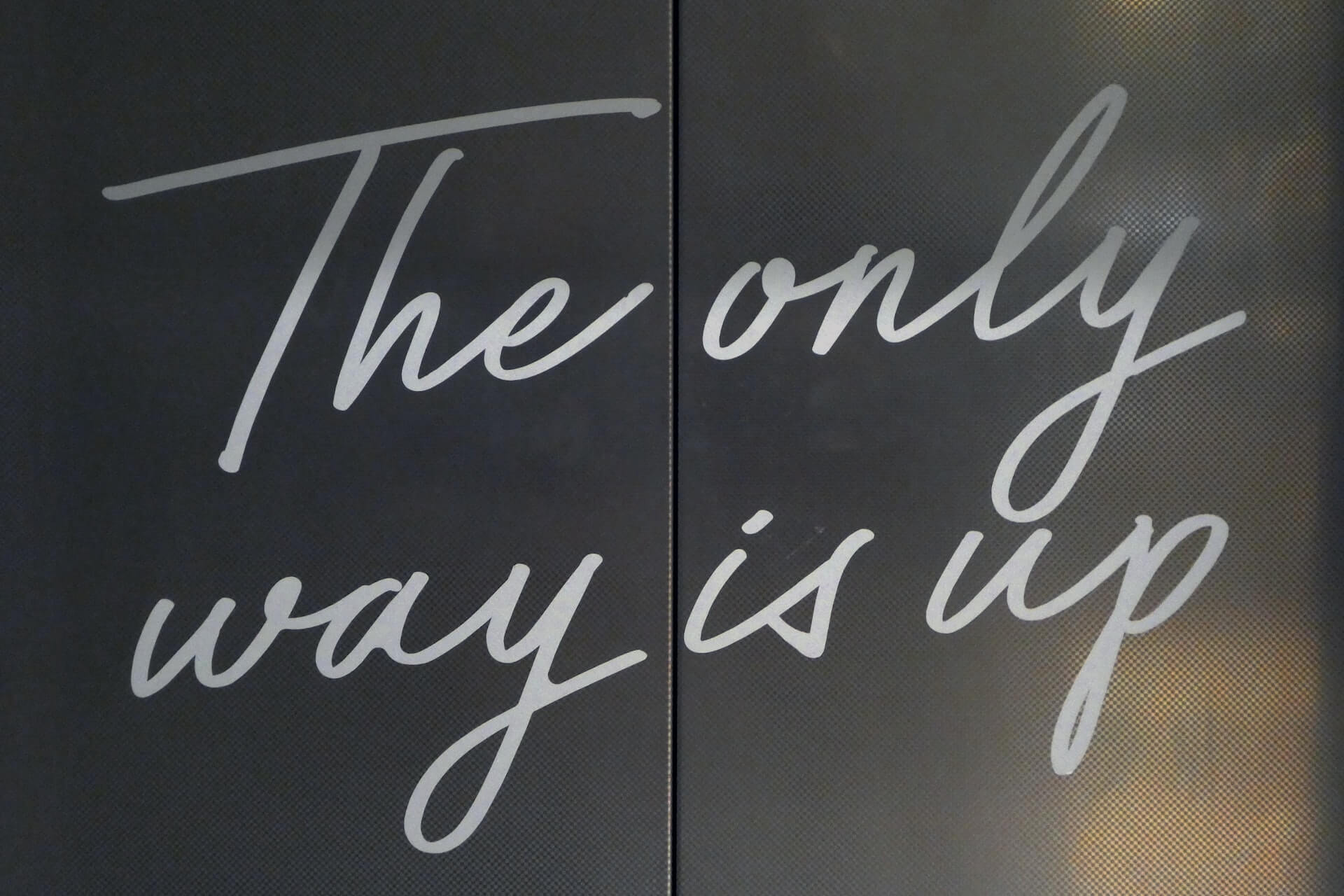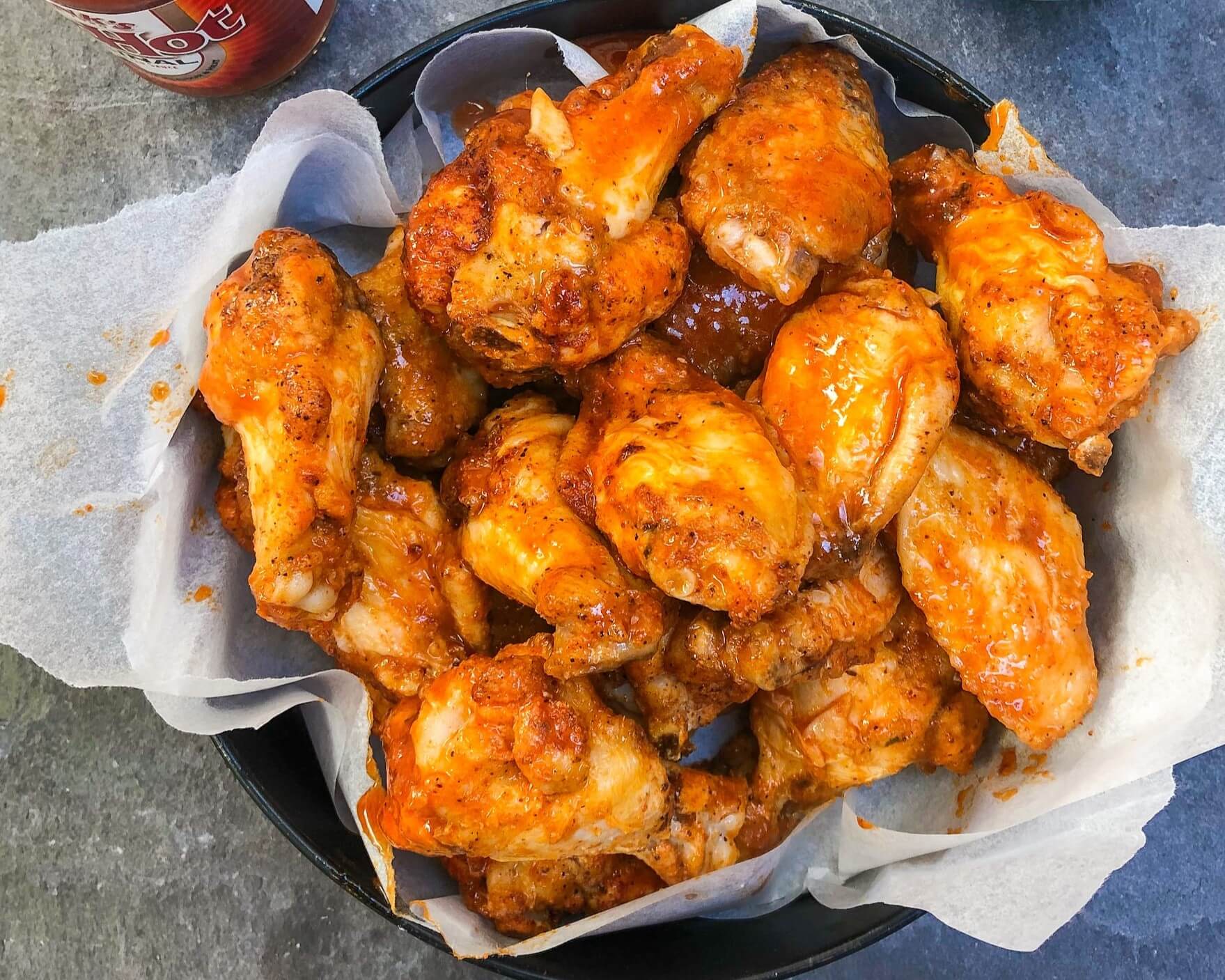Ocean Casino Resort Offers Big Game Cocktails
by David Klemt
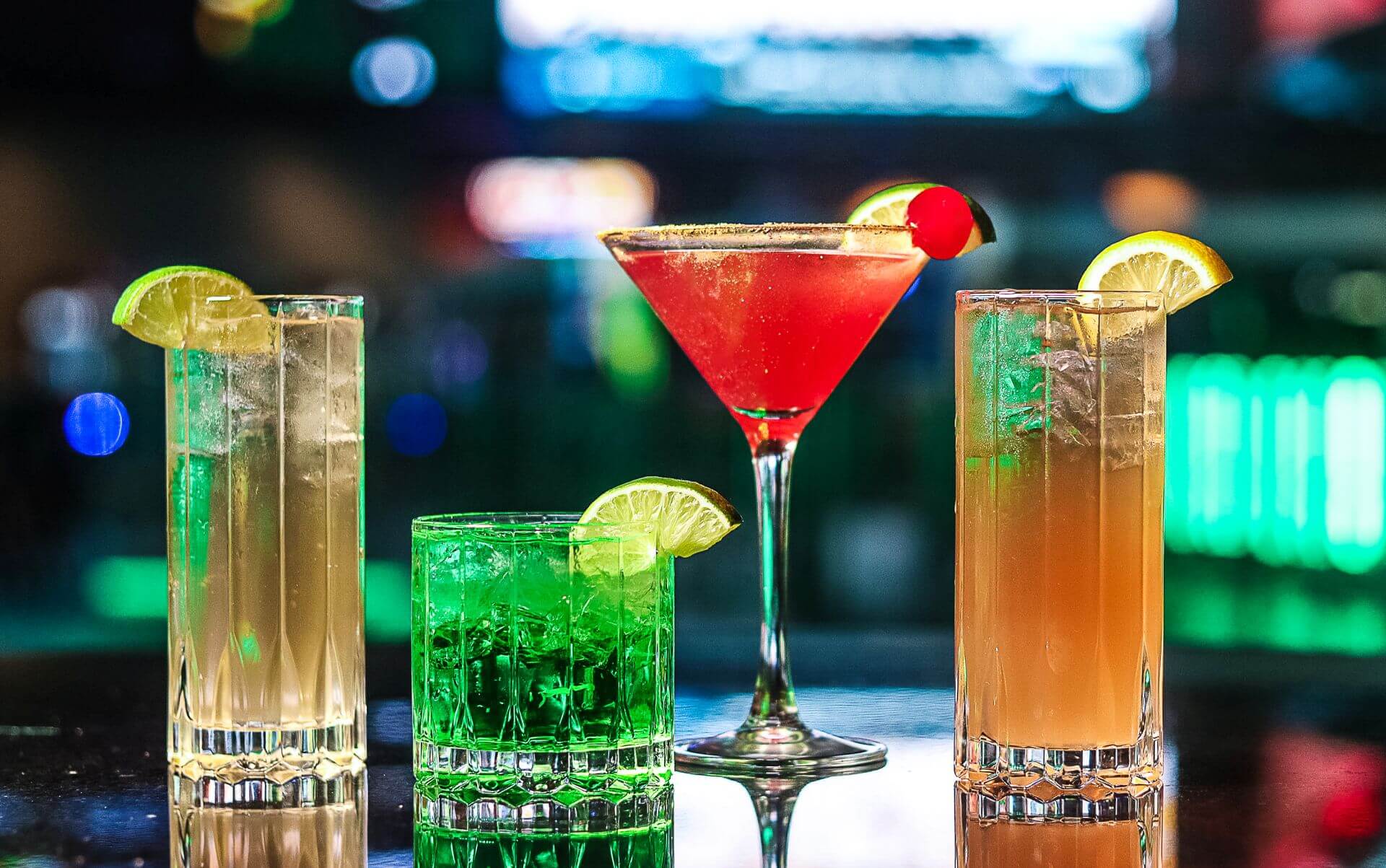
Ocean Casino Resort, Atlantic City’s award-winning oceanfront casino and resort, is ready for the Big Game with four cocktails that team with the theme.
Now, by “Big Game,” we all know what I’m talking about. We know the sport, we the know the league, and we know precisely which game is under discussion.
However, due to very “enthusiastic” attorneys, we also have to talk like we’re spies or actors in a mob movie. We wouldn’t want to tempt anyone to file a lawsuit now, would we?
And I’m going to encourage you to continue following this childish way of speaking about the Big Game. When you’re promoting your Sunday, February 12 event, don’t use any trademarked terms, logos, images, etc.
Alright, the Big Game legalese is out of the way. Let’s talk themed cocktails!
Big Game Cocktail Inspiration
Midway through last year, Ocean Casino Resort showed us all their marketing prowess. When news of the Choco Taco’s demise made headlines, Ocean created a cocktail homage: the Chocotini.
To ensure the LTO could be enjoyed by most guests, the cocktail was available at four venues on the property.
Now, Ocean Casino Resort is tackling the Big Game. (Note: I’m legally required to include sports puns when writing about any major game.)
Guests have four specialty LTO cocktails from which to choose. Two representing the team from Philadelphia, two for the team in Kansas City. Each drink is available at venues throughout the casino resort, including their Topgolf Swing Suite (largest in America), Nola’s Bar & Lounge, and the Gallery Bar Book & Games.
In news that should appeal to you and your bar team, these drinks are quick to make. That’s a relief when you plan to be slammed on a particular day.
Of course, you don’t have to attempt to replicate these cocktails. They serve as excellent inspiration to motivate you and your team to come up with your own liquid homages and LTOs.
In case you’re wondering what to charge, Ocean is charging $14 each for the Brotherly Love, Hurts So Good, and Big Red cocktails. The Arrowhead carries a price tag of $15.

Philadelphia
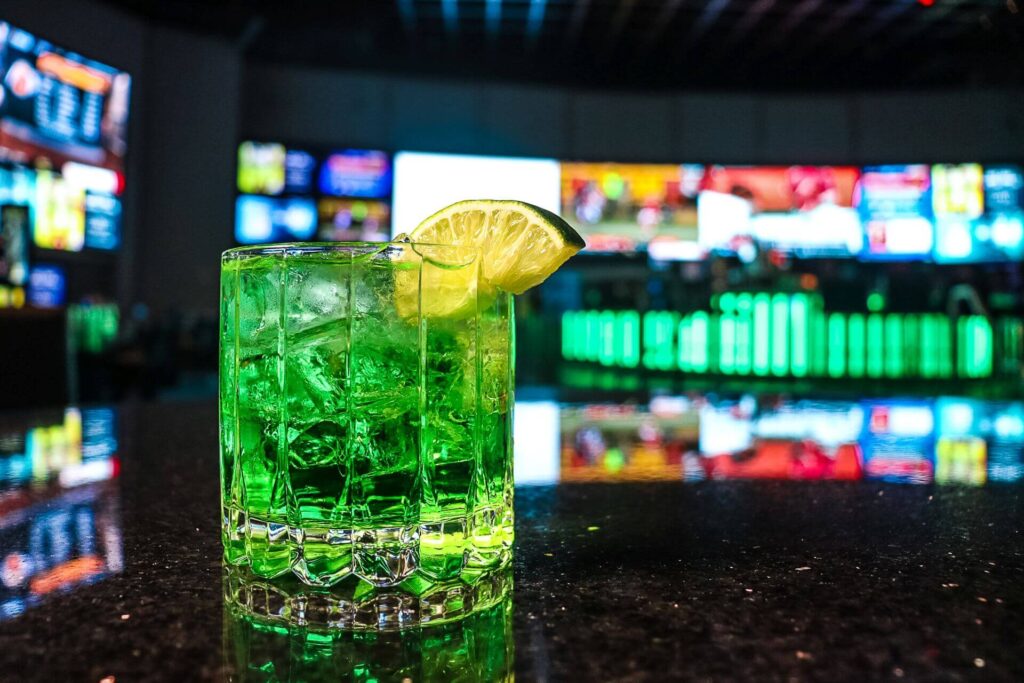
Brotherly Love
- 1 oz. Vodka
- 1 oz. Midori
- 0.5 oz. Lemon juice
- 0.5 oz. Lime juice
- Club soda to top
- Lime wedge or wheel to garnish
You and your bar team can build this cocktail in a rocks glass. Add ice, then add the first four ingredients. Top with club soda and garnish with a lime wedge or lime wheel.

Hurts So Good
- 2 oz. Dark rum
- 4 oz. Ginger beer
- Lime to garnish
Another simple cocktail that you can make in the glass. Grab a Collins glass and add ice. Add the dark rum, then add and top with ginger beer. Garnish with a lime wedge and lime wheel, then serve. If this sounds like a Dark ‘n’ Stormy, that’s because it is one. And like the Big Game’s actual trademark name, be careful using that drink name for legal reasons.
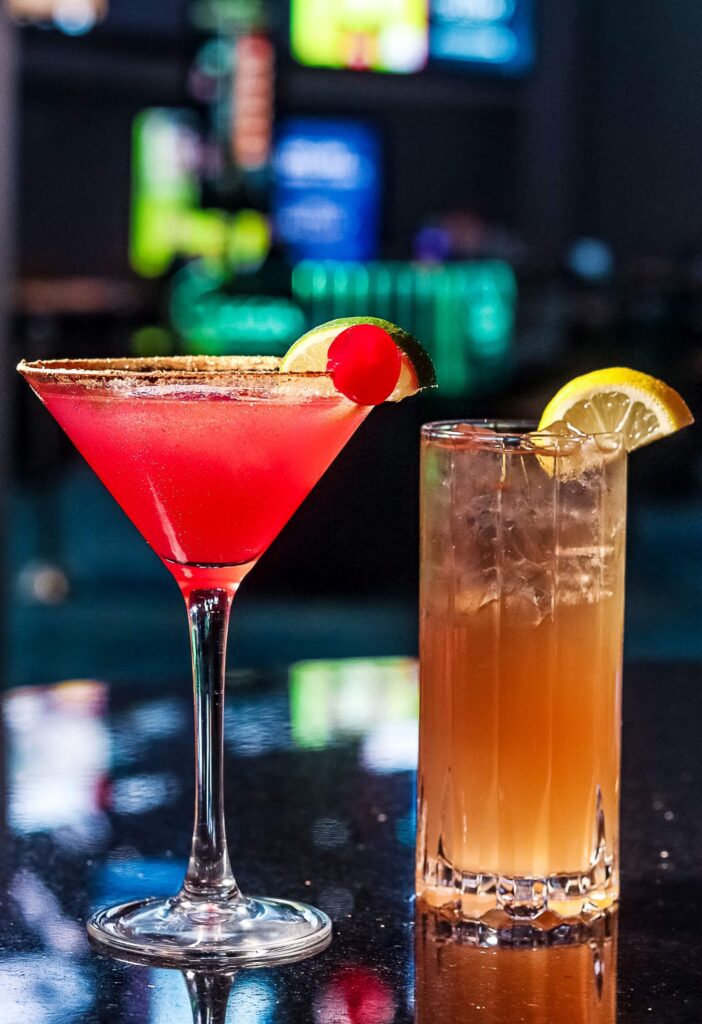
Kansas City
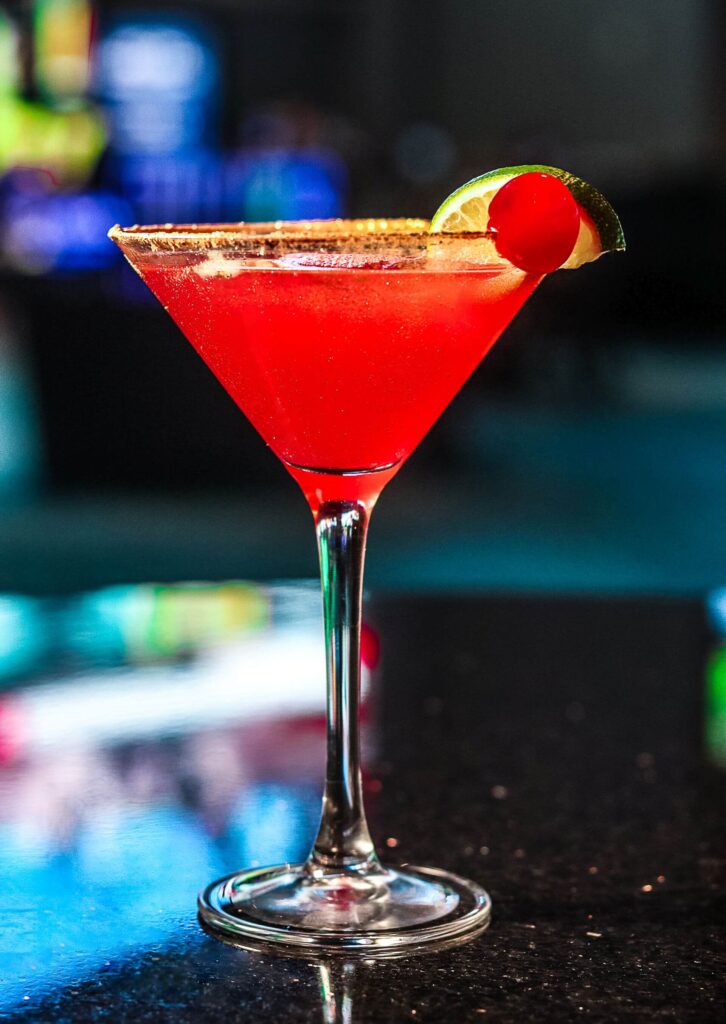
Big Red
- 1 oz. Fresh lime juice
- 2 oz. Silver tequila
- 2 oz. Pomegranate juice
- 0.75 oz. Triple sec
- 0.75 oz. Simple syrup
- Lime to garnish
- Cherry to garnish
- Salt, cinnamon blend, or spicy salt blend to rim (get creative!)
Prepare a Martini or cocktail glass by adding a rim. This can be a simple salt rim, a cinnamon blend rim, a spicy salt mixture, or even a barbecue seasoning-style rim. Opt for chilling these glasses ahead of time if you prefer. Add ice and then the first five ingredients to a shaker. Shake until well chilled, then strain into the prepared glass. Garnish with a lime wedge or lime wheel, plus a cherry.
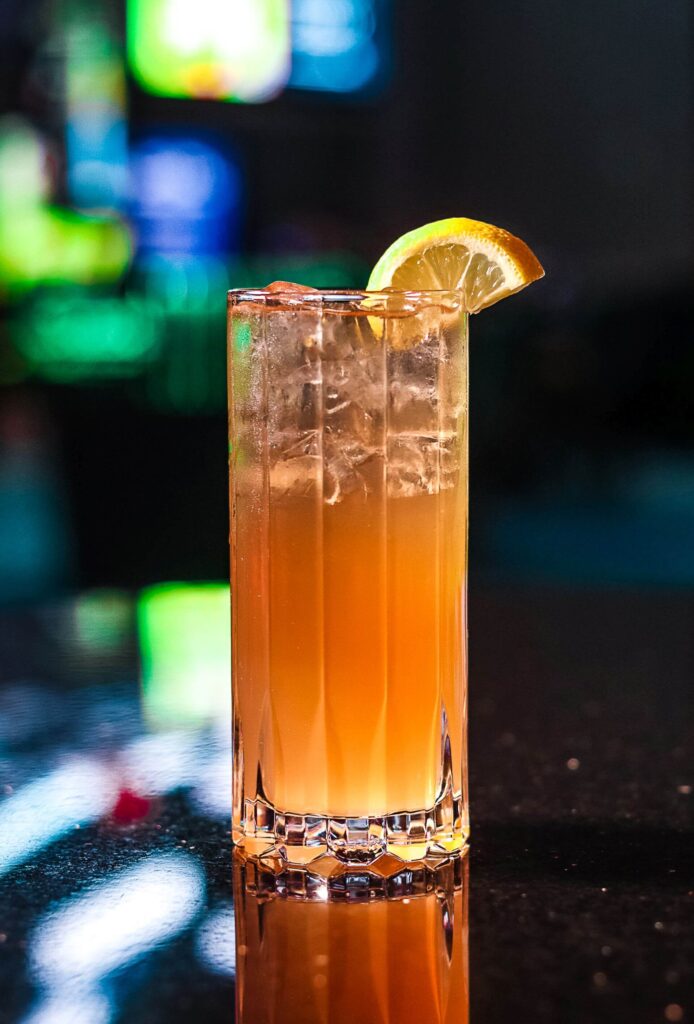
The Arrowhead
- 1.5 oz. Rye whiskey
- 4 oz. Ginger beer
- 4 dashes Angostura bitters
- 1 squeeze of Lemon juice
- Lemon wedge or wheel to garnish
Prepare a Collins glass by adding ice. Add each ingredient, garnish with lemon wedge or wheel, and serve.
Images courtesy of Oceans Casino Resort




